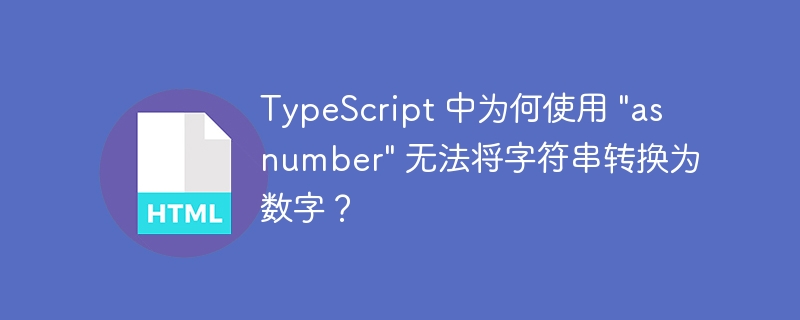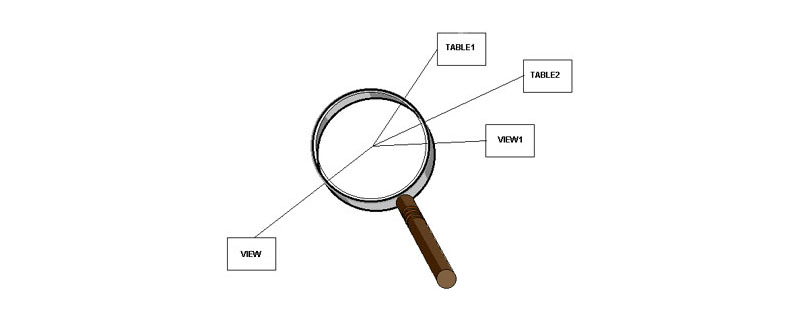
typescript 中 as number 为什么不能将字符串转换为数字?
在 TypeScript 中,类型断言(as 关键字)仅仅是告诉编译器将一个值视为某种类型,它不会在运行时执行任何实际的类型转换。 这与其他语言中的强制类型转换不同。
以下代码片段演示了这个问题:
const props = defineProps() // 假设 props.group 是字符串 "123" getDictGroup(props.group) export const getDictGroup = async (sid: number) => { const dict = await getDict() console.info(typeof sid); // 输出: string sid = sid as number; // 类型断言,但值仍然是字符串 console.info(typeof sid); // 输出: string console.info(typeof (sid as number)); // 输出: string }
即使使用了 as number,sid 的运行时类型仍然是字符串。 as 只是告诉 TypeScript 编译器忽略类型检查,假设 sid 是一个数字,但这并不会改变 sid 的实际值。
parseInt(sid) 虽然可以将字符串转换为数字,但它会返回一个 number | NULL 类型,因为如果输入字符串无法解析为数字,它会返回 null。这可能导致类型不匹配错误,因为 getDictGroup 函数期望一个 number 类型的参数。
正确的类型转换方法:
为了在 TypeScript 中安全地将字符串转换为数字,建议使用以下方法:
-
parseInt() 或 parseFloat() 并进行类型检查:
const props = defineProps(); const sid = parseInt(props.group, 10); // 10 表示十进制 if (typeof sid === 'number' && !isNaN(sid)) { getDictGroup(sid); } else { // 处理转换失败的情况,例如抛出错误或使用默认值 console.error("Failed to convert props.group to number"); } export const getDictGroup = async (sid: number) => { ... };parseInt() 返回一个数字,如果转换失败则返回 NaN。isNaN() 检查结果是否为 NaN。这种方法既能进行类型转换,又能处理潜在的错误。
-
使用 Number() 函数 (不推荐用于所有情况):
const sid = Number(props.group); if (!isNaN(sid)) { getDictGroup(sid); } else { // 处理转换失败的情况 }Number() 函数尝试将值转换为数字。如果转换失败,它会返回 NaN。 但是 Number() 对于一些非数字字符串(例如包含空格的字符串)的处理不如 parseInt() 严格,因此在处理用户输入等场景下,parseInt() 更为安全可靠。
总而言之,as 关键字用于类型断言,不是类型转换。 在 TypeScript 中进行类型转换需要使用相应的函数,并进行必要的错误处理。 parseInt() 与类型检查结合是处理字符串到数字转换的最佳实践。


















